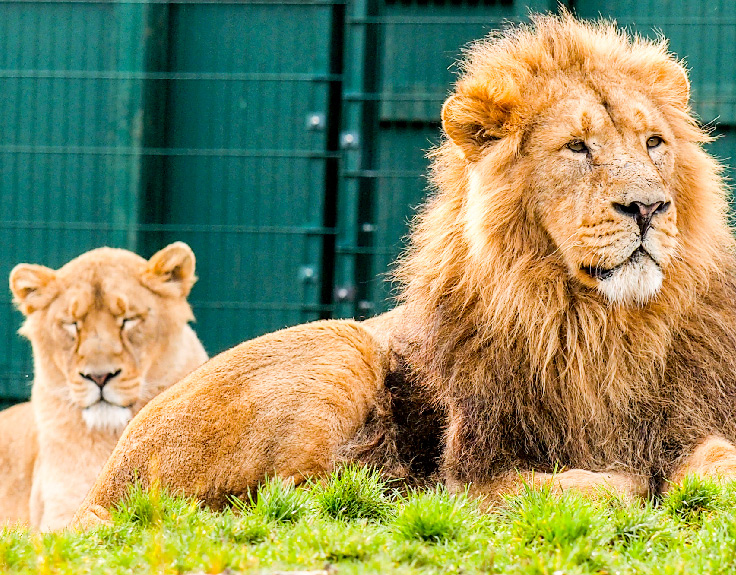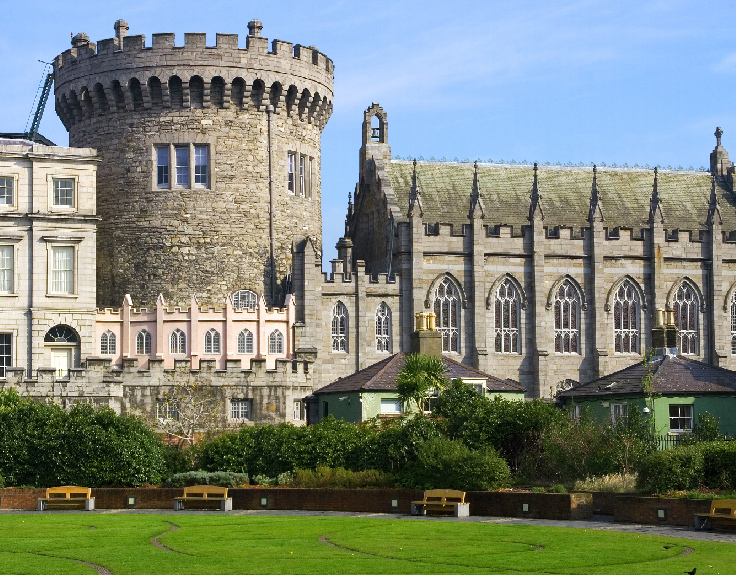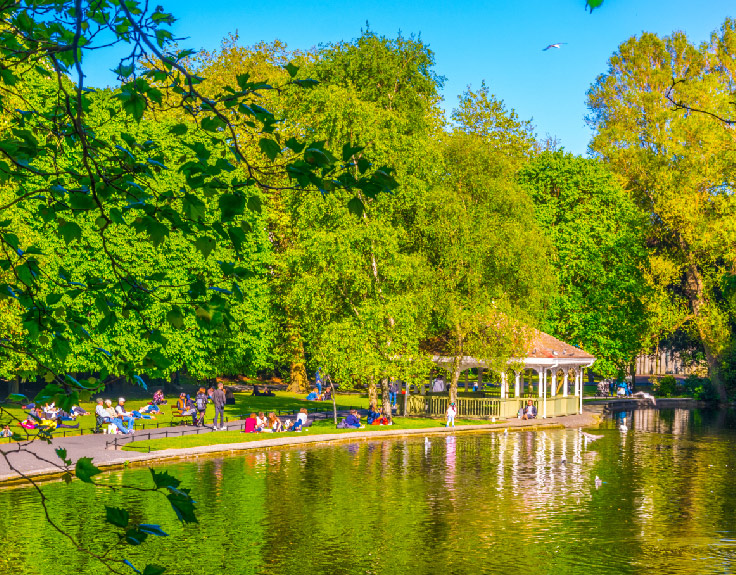Kilmainham Gaol in Dublin
Kilmainham Gaol (jail) is a former prison steeped in Irish history. It opened its doors in 1796 for 128 years, and was involved in some of Ireland’s most heroic and tragic events.
It was a place for punishment and correction. The Dublin prison held some of the most famous political and military leaders campaigning for Irish independence. Conditions were harsh and claustrophobic, with prisoners confined mostly in the dark and cold. It is now a museum on the history of nationalism, and is also known for being the biggest gaol to be unoccupied in Europe.
The tour
Kilmainham Gaol Tour gives visitors a realistic insight into what it was like to be incarcerated at this Dublin prison. Walk the eerie buildings, and learn the experiences of prisoners through a number of exhibits. An art gallery exists on the top floor exhibiting paintings, sculptures and jewellery of prisoners across Ireland. Hop off our Dublin Bus tour to take in the sights and sounds of the Kilmainham Gaol for yourself.
Other interesting facts about Kilmainham Gaol in Dublin
- The British imprisoned and executed the leaders of the 1916 Easter Rising at Kilmainham Gaol, including Padraig Pearse, Joseph Plunkett and Thomas Clarke
- Children were said to be held at this Dublin prison for crimes such as petty theft, the youngest of which was 7 years old
- Many of the adult prisoners were deported to Australia after their stay at Kilmainham jail
- Men, women and children were imprisoned together, up to 5 people in each cell
- Often prisoners had a single candle for light and warmth between them – each candle had to last them for two weeks
- Women were held in poorer conditions than their male counterparts, for example men were supplied with iron bedsteads while women had to sleep on straw
- The building is now also used as a filming location and featured in The Italian Job, while U2 shot their video for 1982 track A Celebration at Kilmainham






